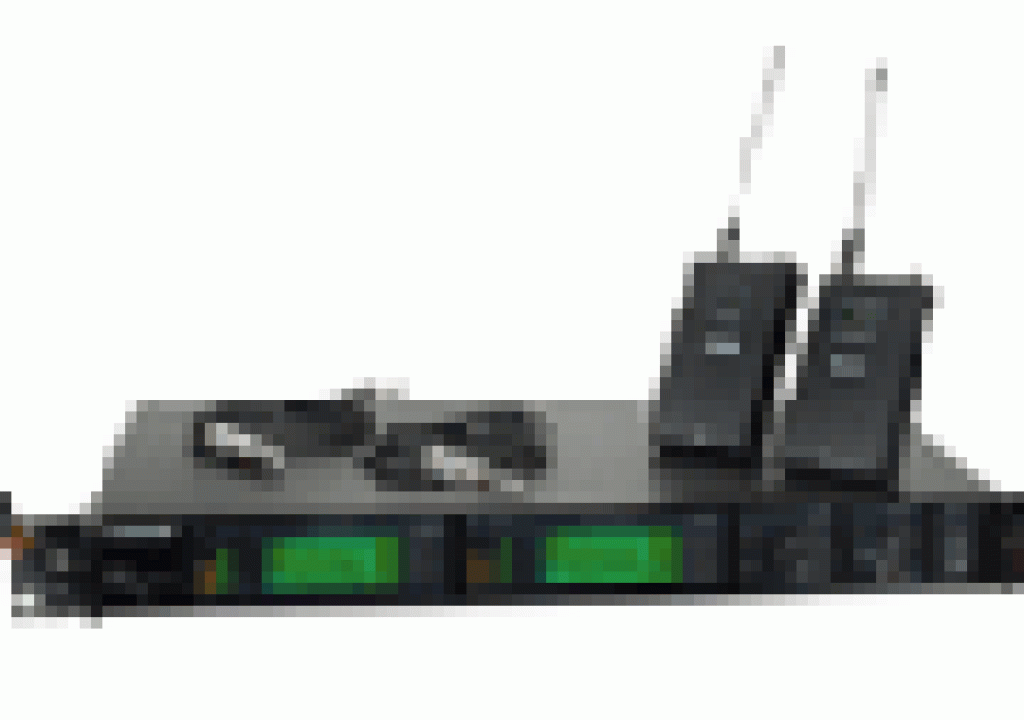Chances are good that if you own a production company, or freelance as a sound recordist, you’ve invested in a few pricey wireless mics. Most of these mics operate on the unused local bands in the VHF or UHF spectrum, However, with the move to digital television the FCC has reallocated some of that frequency range to emergency radio use and has begun testing the possibility of using some of the so called “TV white space” for use with proposed “unlicensed devices” such as wireless broadband services, wireless multimedia systems, and PDAs. Currently, these products operate in other radio frequency bands, such as 2.4 GHz. The FCC is looking at allowing the use of these unlicensed devices starting on February 17, 2009 when the switch to DTV occurs.
The “white spaces” themselves are the empty transmission space that is left between the channels to make sure that adjacent channels don’t interfere with each other. Companies that want to utilize that space are mainly looking at wireless, broadband internet data solutions. This is a space that wireless mics have been using for the last 25 years.
This scares a lot of people – and with good reason – current proposals could make it impossible to operate wireless mics with the reasonable assurance that the “unlicensed devices” wouldn’t interfere with the signals. There are some proposals that would require companies using wireless mics to purchase beacons that would disable the white space devices and to be required to register each specific use of wireless mics for every geographic location and time that they were intended to be used! Other proposals are for consumer devices that would detect when RF energy is present so as not to interfere with wireless mics, but implementing this RF sensing technology is a technical burden that most manufacturers would rather not bear.
Field testing for interference of the proposed “unlicensed devices” started last week according to a public notice by the FCC. They plan to use several “real world” testing sites, such as music venues and sports arenas to test interference with wireless mics.
Shure and other mic manufacturers are not at all happy about this potential development.
Shure claims that the plans offered by the main players in this “unlicensed devices” market – Microsoft, Google and Motorola – will create “overwhelming havoc” for users of wireless mics. According to Shure’s Mark Brunner, “To date, none of the proposals on paper or the prototype hardware submitted would provide solid protection for wireless microphone users. We continue to work diligently with the FCC to ensure that the plug is not pulled on wireless microphone users everywhere.”
Also, the NAB (National Association of Broadcasters) has been one of the major opponents of the proposal to give unlicensed use of the TV white space area. The NAB holds the position that maintaining the integrity of the white spaces is necessary to ensure that there is no interference with the adjacent television broadcast channels. Since the original battle began, NAB has been joined by many of the cell phone companies in calling on the FCC to require that the devices be licensed in order to operate in the space.
Some of the companies that look to “white space” as a solution are those companies who were unsuccessful in the FCC’s auction of the 700 megahertz (MHz) band. Specifically, Google, who was outbid by AT&T and Verizon for parts of that band. Unlicensed white space devices would compete with cell phones in providing wireless internet services. A device by Microsoft failed twice in its tests to deliver service without interfering with adjacent transmissions. Other tests have been more successful. Google is requesting that the FCC approve its use of white spaces despite its own failure to actually present a device that they could test for interference. Google wants to be able to implement its plans for white space transmissions as early as next year. Plans are sketchy at the moment but include wireless internet devices using its Android mobile operating system and home entertainment systems that would use the space to send large media files wirelessly throughout a house. Signals utilizing the white spaces are ideal for these kinds of services because of their propagation properties – allowing them to travel through walls and buildings.
America is not alone in this fight. Actually, the battle is even more fierce in Europe where the desire to sell these white spaces to the highest bidder is even greater. The fight over “white space” supremacy has created allies across some interesting lines, with church groups (who use wireless mics in their services) joining broadcasters and entertainment venues.
I’d encourage anyone with an interest in the continued successful use of wireless mics, personal monitors, intercoms and IFBs to make it clear to the decision makers in Washington that this is an important issue. Contact your congressman or the FCC.

